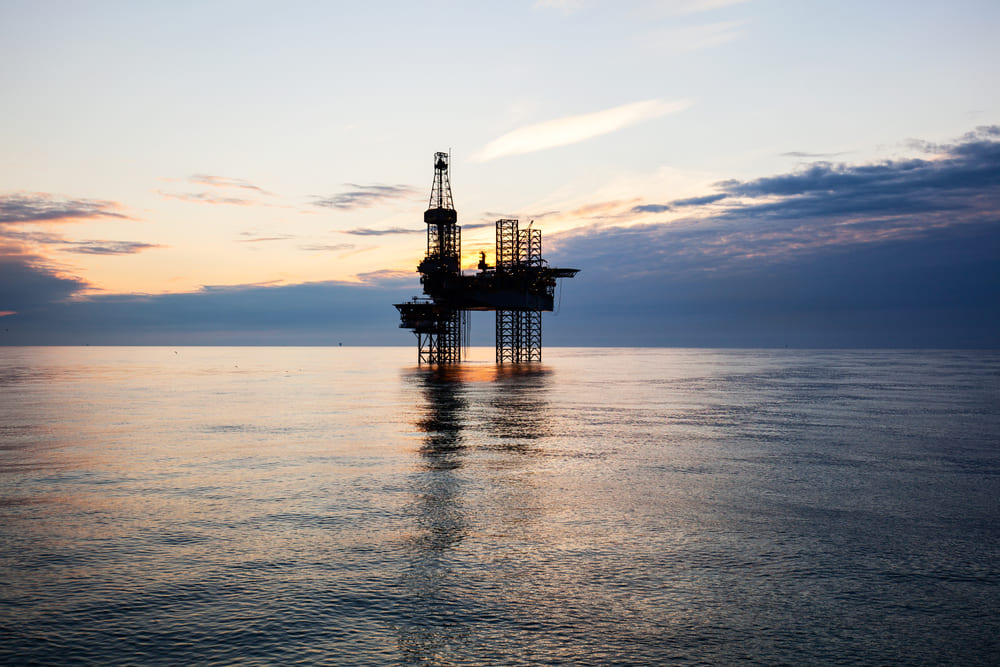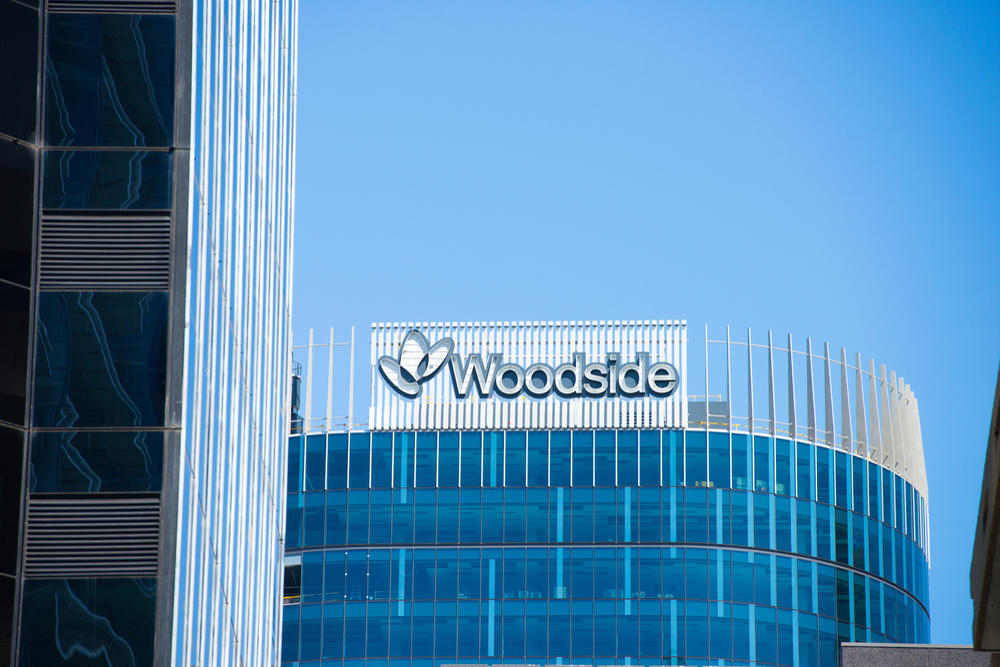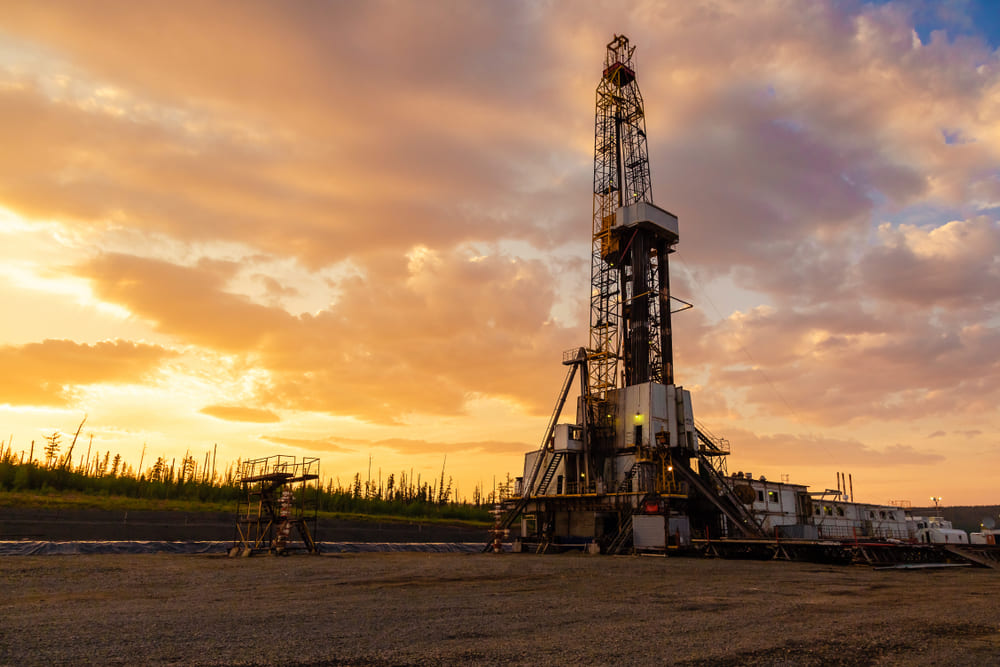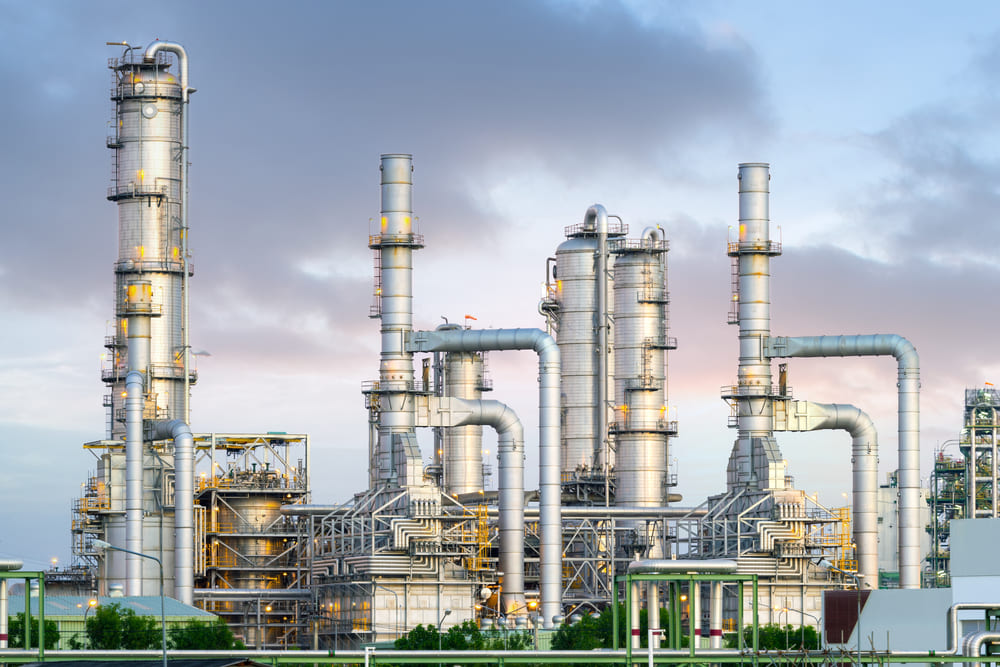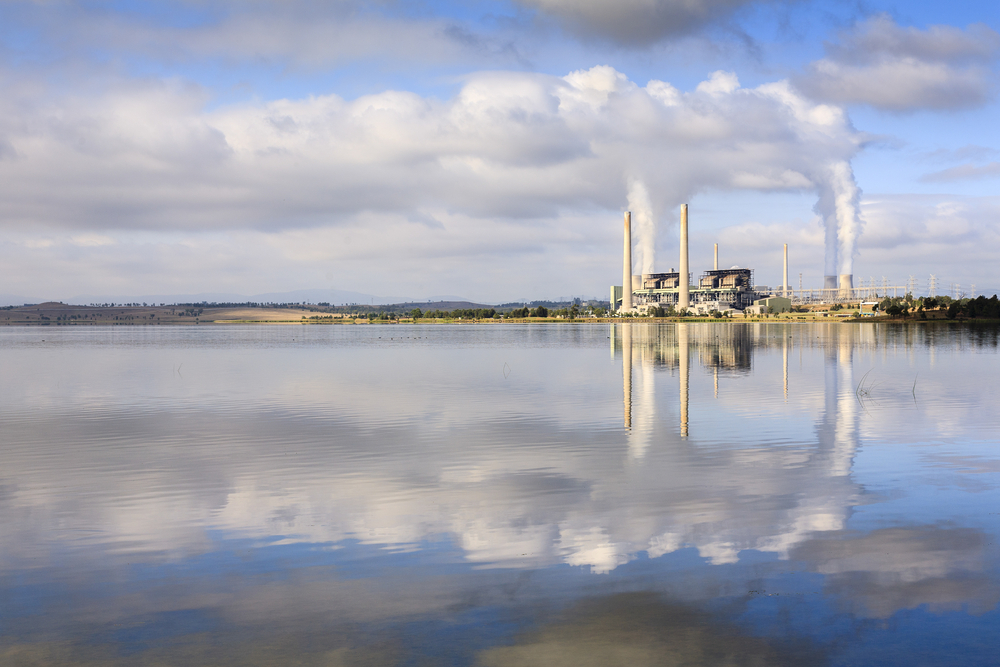
The Federal Government has committed up to $600M in the 2021-22 Budget, for Snowy Hydro Limited to construct a 660 megawatt (MW) open cycle gas turbine at Kurri Kurri in the Hunter Valley.
The Hunter Power Project is expected to deliver an economic boost to the region, creating up to 600 new jobs during peak construction and 1,200 indirect jobs across New South Wales.
The Government said the $600M project, together with EnergyAustralia’s 316 MW Tallawarra B open cycle gas plant, will help shore up the security, reliability and affordability of electricity for consumers in NSW, expected to be generating in time for summer 2023-24 when the Liddell Power Station closes.
Minister for Energy and Emissions Reduction, Angus Taylor, said cheap power is crucial to ensuring families, businesses and industries in NSW can thrive, which is why the energy generated by Liddell will be replaced.
“This project will deliver flexible gas generation to replace Liddell and maintain reliable power alongside Australia’s world-leading investment in renewables.”
However, young people in the School Strike 4 Climate network have voiced their outrage over the announcement of the new gas plant.
Alexa Stuart (17) said the investment of public money in gas is not only a danger in exacerbating the climate crisis – it’s also not needed and not a good investment.
“Private companies are refusing to build the plant, it has been identified as unnecessary by the Australian Energy Market Operator (AEMO) and it does not make economic sense: it will operate only 2 per cent of the time or about a week per year, and employ only ten full-time workers.”
“The Hunter region is already transitioning to renewable energy and hydrogen and we need investment in the jobs of the future, not the past.”
Natasha Abhayawickrama (16) said the Federal Government is investing in gas even though the International Energy Agency has predicted a decline in gas demand and announced that no new fossil fuel projects can be approved to have a chance of reaching net-zero emissions by 2050.
“Only recently, AEMO reported that gas generation saw the lowest output across my entire lifetime – sixteen years – because of rising gas prices, lower power demands and competition from renewable energy – the way of the future.”




